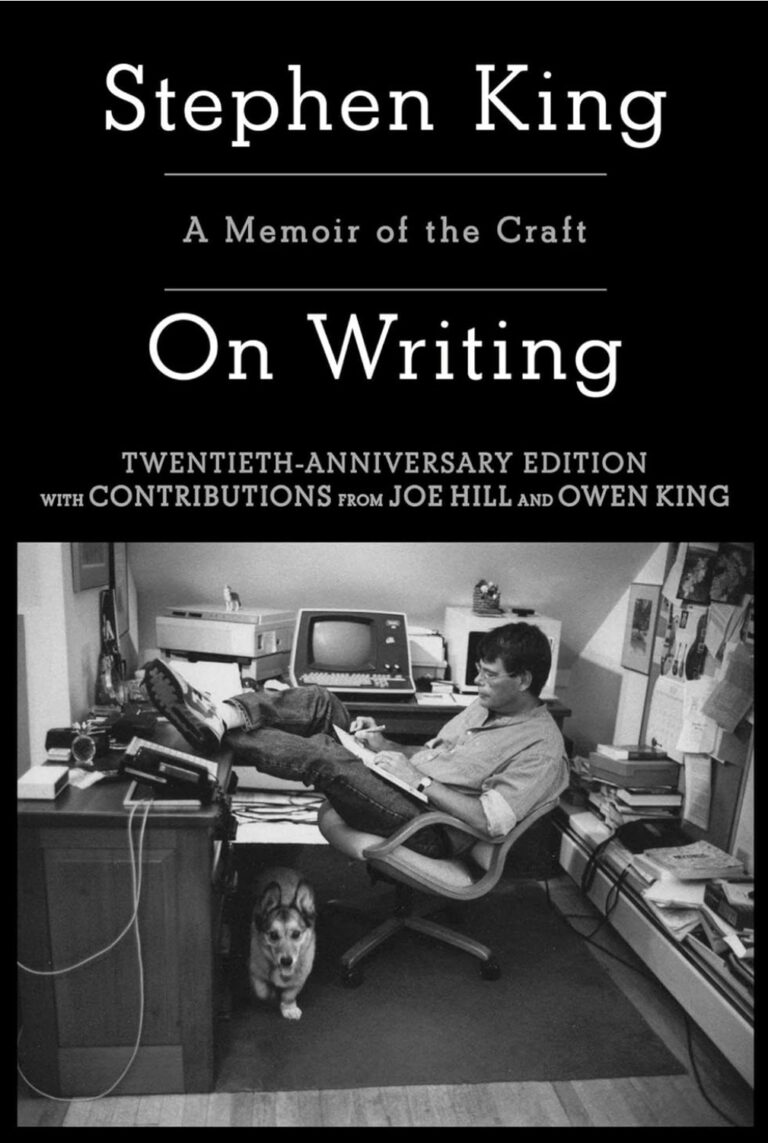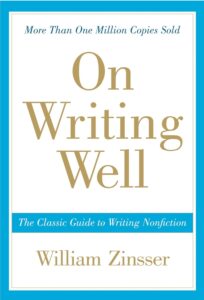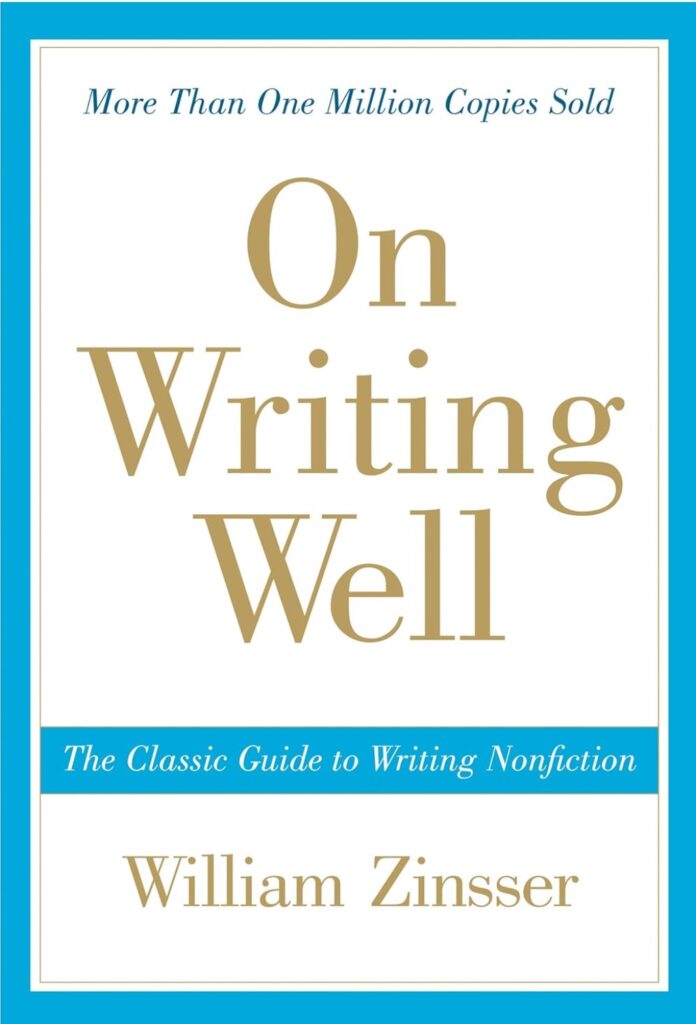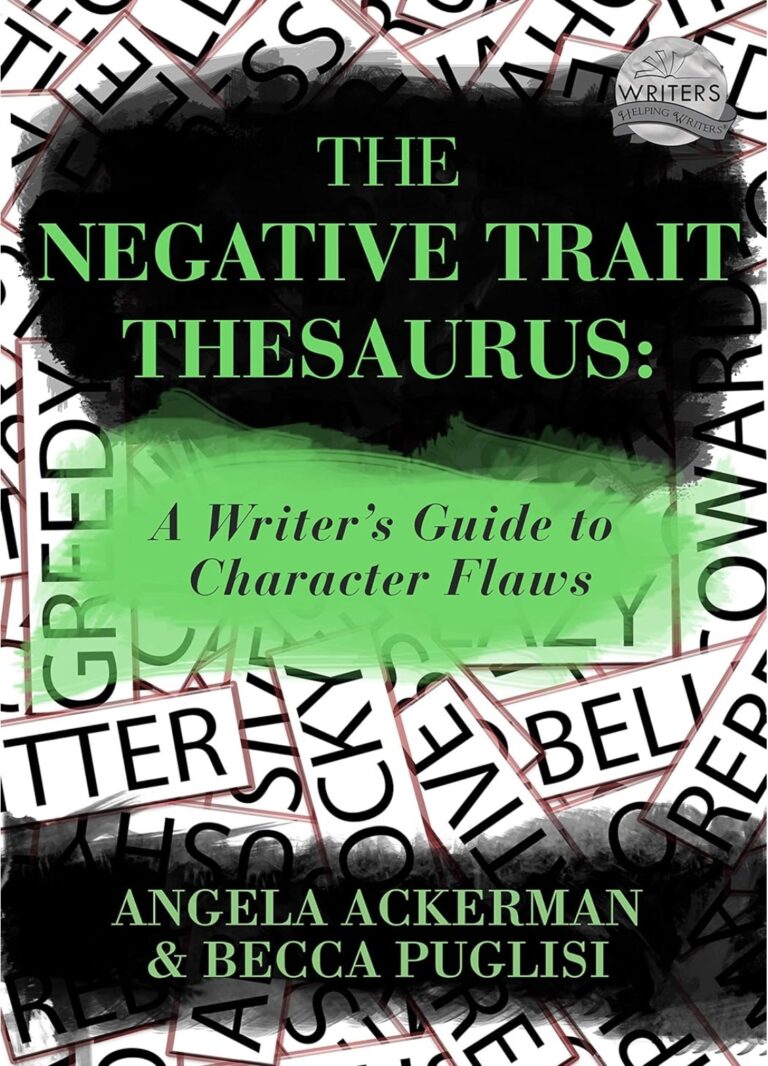Writing short form romance requires a unique set of skills to create compelling narratives that captivate readers from the very first page.
As a romance author who specializes in insta-love stories featuring aliens, paranormal creatures, and unusual scenarios, I understand the challenges and joys of crafting these engaging tales.
In my experience, it’s crucial to focus on character development, plot structure, and emotional resonance to create stories that linger in the reader’s mind long after they’ve finished reading.
Table of Contents
ToggleUnderstanding the Essence of Short Form Romance
Character Development
In short form romance, character development must be concise yet impactful. Readers need to quickly connect with the characters to invest in their love story.
I’ve found that introducing characters with distinct, memorable traits helps achieve this connection. For instance, in one of my novellas, I introduced an alien hero with a unique ability to communicate through dreams.
This distinctive trait not only made the character intriguing but also added depth to his interactions with the heroine.
Plot Structure
A well-structured plot is essential in short form romance. Unlike longer novels, short stories have limited space to unfold the narrative, so every scene must propel the story forward.
In my experience, starting the story in media res—right in the middle of the action—can grab readers’ attention and set a fast-paced tone.
For example, in a werewolf romance I wrote, the story begins with the heroine stumbling upon a secret werewolf ritual, immediately immersing readers in the supernatural world and the ensuing romantic tension.
Building Emotional Resonance
Show, Don’t Tell
One of the most effective ways to build emotional resonance is by showing, not telling. This means using vivid descriptions, dialogue, and actions to convey the characters’ emotions rather than simply stating them. I’ve found that showing the characters’ reactions to each other can create a deeper emotional connection.
In one of my paranormal romances, I depicted the heroine’s awe and fear through her physical reactions when she first encounters the mysterious, brooding vampire hero.
Creating High Stakes
High stakes are a cornerstone of compelling narratives. The characters’ love story should have significant obstacles that make readers root for them. These stakes can be external, like a threat from an enemy, or internal, such as overcoming personal fears.
For instance, in one of my alien romances, the heroine had to decide between staying on Earth or leaving with her alien lover to a distant galaxy, a choice fraught with emotional turmoil and high stakes.
Balancing Romance and Plot
Seamless Integration
Integrating romance with the plot seamlessly ensures that neither element overshadows the other. The romantic development should be intertwined with the main plot, making it integral to the story rather than an afterthought.
I’ve found that crafting scenes where the characters’ romantic decisions impact the plot’s progression helps maintain this balance. For example, in a minotaur romance, the heroine’s decision to trust the minotaur hero directly influenced their success in overcoming a deadly maze.
Pacing the Romance
Pacing is crucial in short form romance to keep the story engaging and believable. Rushing the romance can make it feel forced, while dragging it out can lose readers’ interest. In my experience, using a mix of slow-burn moments and intense, passionate scenes creates a dynamic narrative.
In one of my stories, I balanced tender moments of getting to know each other with high-stakes action scenes that brought the characters closer together.
Engaging the Reader
Creating Relatable Conflicts
Relatable conflicts make the story more engaging and emotionally impactful. Even in paranormal settings, grounding conflicts in relatable emotions and situations helps readers connect with the characters. I’ve found that using universal themes like trust, betrayal, and sacrifice can resonate deeply.
For instance, in a story about a shape-shifting hero, the central conflict revolved around the heroine’s struggle to trust someone who could change his appearance at will, a metaphor for deeper trust issues.
Utilizing Cliffhangers
Cliffhangers are a powerful tool to keep readers hooked. Ending chapters or scenes with unresolved conflicts or new revelations creates a sense of urgency to keep reading. In my experience, well-placed cliffhangers can make a short story unputdownable.
In a recent novella, I ended several scenes with the heroine discovering shocking truths about her lover’s supernatural world, compelling readers to turn the page.
In Conclusion
Crafting compelling narratives in short form romance involves a delicate balance of character development, plot structure, and emotional resonance.
By focusing on these elements, you can create stories that captivate readers and leave a lasting impression. In my experience, drawing from personal insights and unique story elements adds authenticity and depth to your writing.
Whether you’re writing about aliens, paranormal creatures, or unusual scenarios, these tips can help you create engaging and unforgettable romances.












































